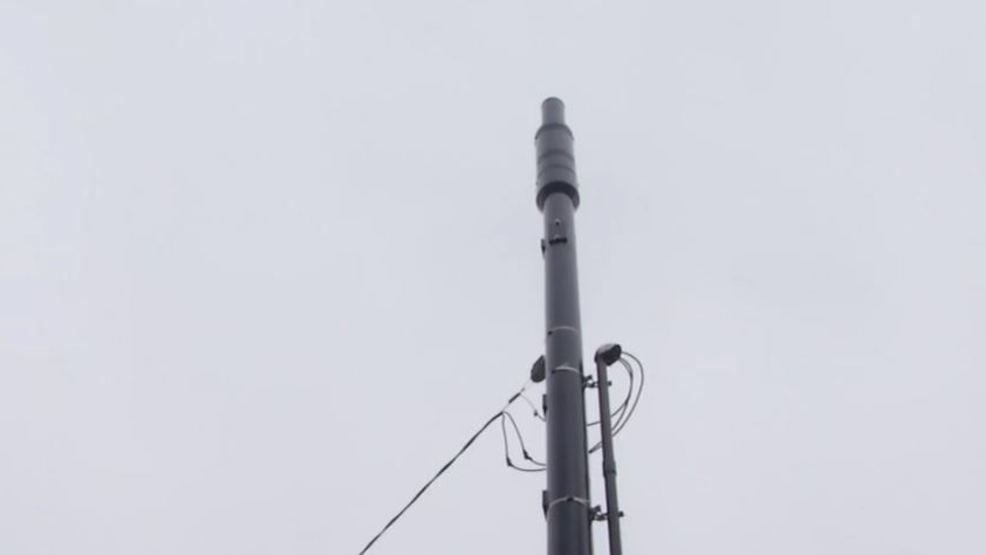If you've ever been through a town you might have noticed tiny 5G cell towers on street light poles. They look like little boxes, but they're actually broadcasting wireless signals from cell phone providers to your phone.
https://hammer-wiley.mdwrite.net/how-long-away-from-a-5g-mobile-structure-is-safe-1682556766 are replacing larger specially-designed cell towers. While they're less noticeable but they can still cause issues for users.
The of the FCC's Radiation Exposure Thresholds
The FCC's Radiation Exposure Thresholds establish the safe limit at which an individual can be exposed to electromagnetic energy from wireless devices. The limits for exposure are based upon scientific research that prove that electromagnetic energy can cause harm to health.
The absorption rate specific (SAR) is an indication of the radiofrequency energy absorbed by tissue. It is typically 1.6 watts per kilogram, spread over a gram of tissue.
But, since 5g operates at higher frequencies this could be able to cause greater energy intensity on the skin and other exposed body areas. This can lead to many possible harms, such as an increase in formation of skin disorders like dermatitis, cataracts, and skin cancer.
Due to the potential for negative effects of 5G radiation, PSU has chosen to set a general localized power density limit of 4 mW/cm2 based on the average on 1cm2, but not exceeding 30 minutes for all 5G services at 3000 GHz. This localized limit is consistent with the peak SAR that is spatially averaged at 1.6 W/kg, which is averaged over 1 5 grams of body tissue, at 6 GHz.
The FCC's Maximum Exposure Thresholds

If you've ever used a mobile phone, then you're aware that the safest range from the tower should be at least 400 meters away. This is due to the power of the transmission of cell towers increases drastically the further your location from the tower.
While this sounds like something that's good however, those living close to towers may actually be more susceptible to health problems. For instance, a study conducted in 2014 in India found that residents living within 50 meters of cell towers had much more health problems than those who were away from the antennas.
But, the study showed that residents who moved to areas further away from the cell towers saw their symptoms improve within a few days. Another study has shown that exposure to high amounts of electromagnetic field radiofrequency (EMFs) can cause brain tumors, cancer, and other health problems.
This is because RF radiation, which is utilized in wireless communication, can be absorbed by the body's outer layer of skin. This is important to understand since the skin functions as a protective barrier against injury to the body, infection by pathogenic microorganisms, and infiltration of toxic substances. Additionally, it is the biggest organ in the human body, and is responsible for protecting other organs.
The FCC's Minimum Exposure Thresholds
The FCC's Minimum Exposure Thresholds rely on a variety of assumptions that are not supported by evidence from science. They include the false belief that short-term exposures to RF radiation are safe because of the minimal penetration into the body (i.e., tissue heating).
safe distance from cell tower ignores the more extensive penetration of ELF components of modulated RF signals and the effect of short bursts of heat generated by RF waves that are pulsed. These theories are not compatible with current knowledge of the biological consequences of RF radiation. As such they shouldn't be relied upon for health-protection exposure standards.
In addition, the ICNIRP and FCC are limiting their maximum radiation limits for local peak SARs that are based on the peak frequency of absorption (psSAR), which can be described as not a reliable dosimetric instrument to determine the degree of radiation exposure. Particularly, psSAR is inaccurate for frequencies that exceed 6 GHz. Additionally, psSAR hasn't been tested for RF radiation that is exposed to other agents of the environment such like sunlight. what is a safe distance from a cell tower of RF radiation with other environmental agents may result in antagonistic or synergistic impacts. This can lead to the risk of having adverse health adverse effects. For example, co-exposure to RF radiation and sunlight could increase the risk of developing skin cancer, as well as aggravate other skin disorders, such as acne.
